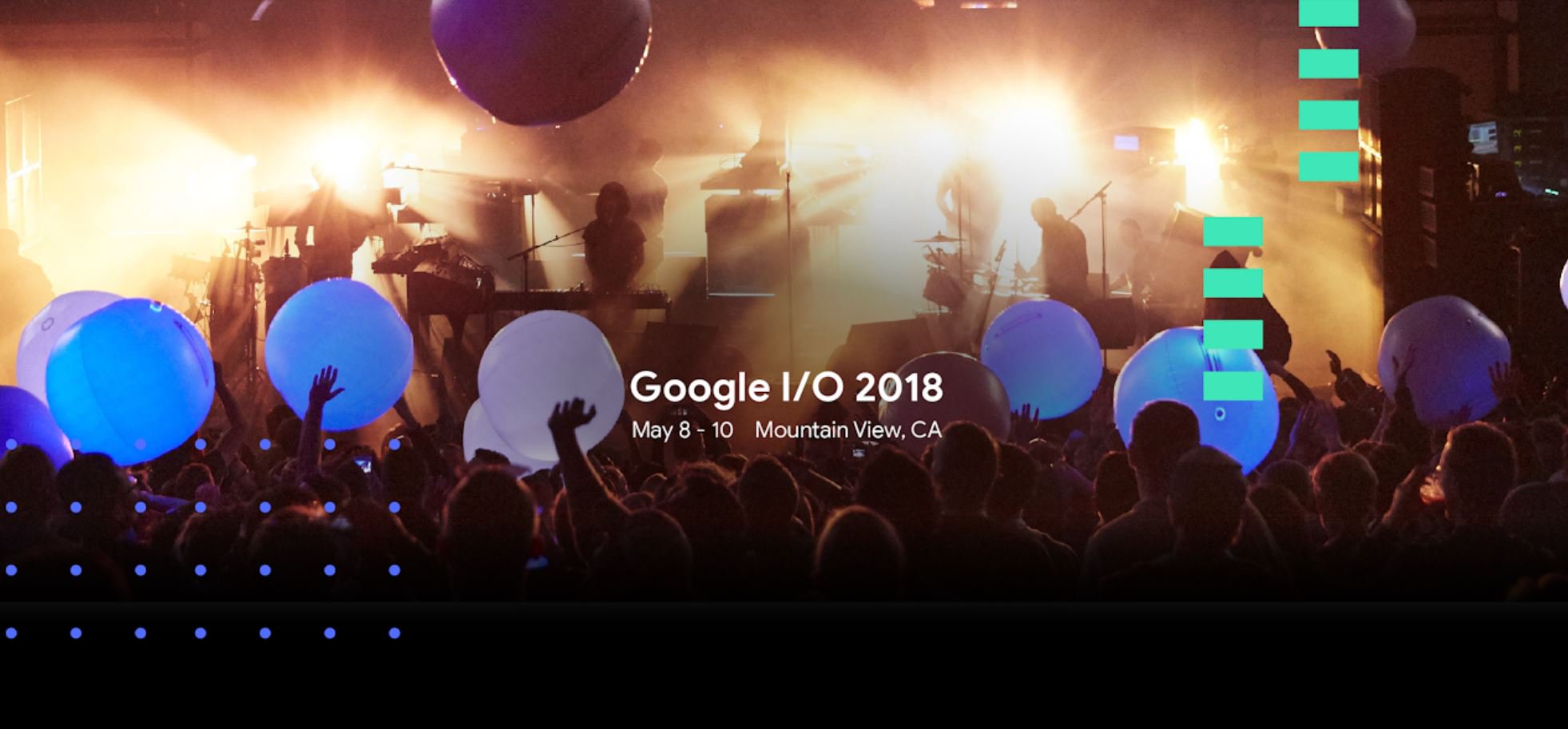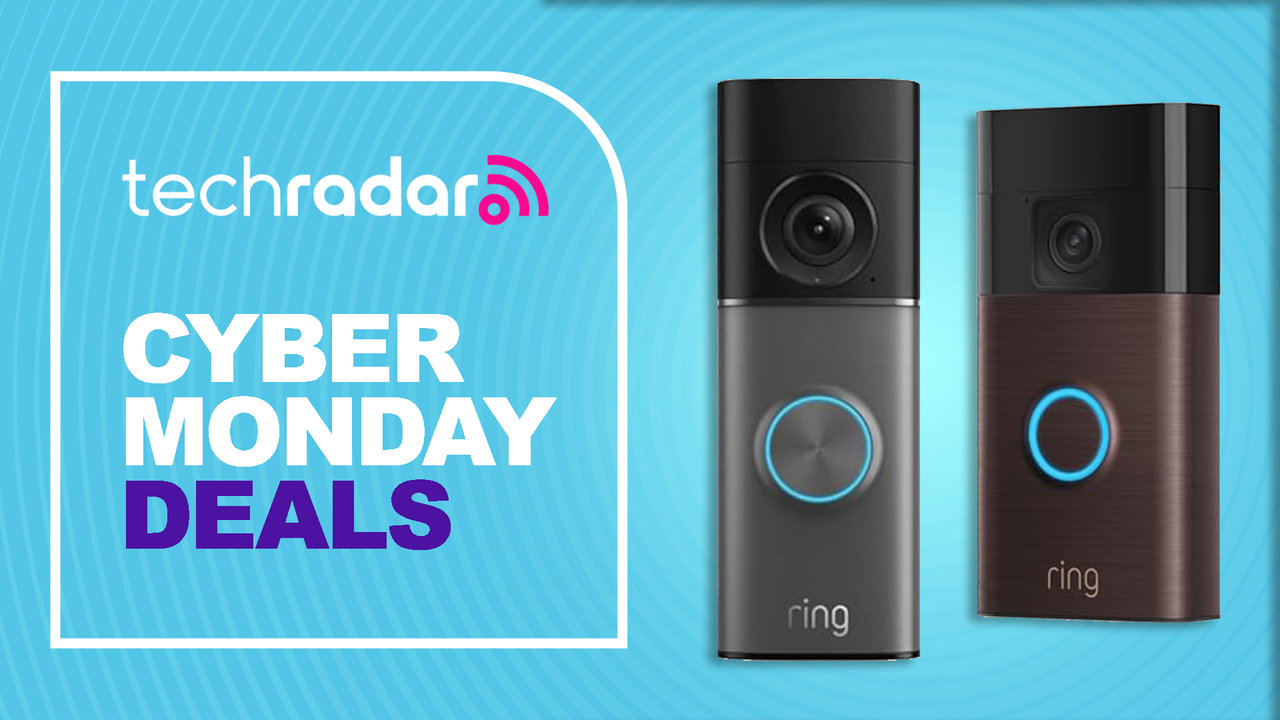
As you know, the Google I/O developer conference is by far Googles’ biggest event of the year. This is different from Apple, who’s developer conference isn’t as big as when they release their new iPhone in the late summer. Maybe it’s because Google is a software company, so they tend to give us a lot of information on what they’re trying to do to push consumer technology. What is Google bringing us this year? Artificial intelligence is among the big things to showcase at this year’s I/O conference. Google Assistant will play a big role in Google’s ecosystem. Even more so than it already has. We are also seeing the newly updated Android P, and it’s available to developers who want to install it on their Pixel phone.
There are so many things to go over, and we will try to cover them all for you in this post.

-
Smart Compose in Gmail
This is both really neat, and kind of creepy. This is a new Gmail feature that uses machine learning to help predict what you’re going to type. But not just words, this will predict entire phrases. This isn’t just a prediction like an address, for example, but an entire phrase based on context and your user history. This feature is set to roll out next month.

-
Google Photos AI Features
Google Photos is getting a bunch of new features based on artificial intelligence and machine learning. With this feature, you will be able to take an old restored, black and white photo, and convert it to realistic color and also touch it up in the process.

-
Google Assistant Voices
The original Google Assistant voice was named Holly, and it was based on actual recordings. Moving forward, Google Assistant will get six new voices – including John Legend. Honestly, who doesn’t want that? Google is going to use WaveNet to make their existing voices more realistic.

-
Natural Conversation
Google is making some upgrades related to natural conversation. Now, conversations can continue following an initial wake command – like Hey Google. The new feature is called continued conversations and it will be available soon. Another new feature called “Pretty Please” will help young children learn politeness by responding with positive reinforcement when children say please, but this feature will roll out later this year.

-
New Visual Canvas for Google Assistant
If you’ve been waiting for one of Google’s new Smart Displays, then the wait is almost over as it will be available in July. In order for this to work, though, Google had to make a new visual interface for Assistant.

-
Google Duplex
Google is trying to give you a real assistant by using things like text to speech, deep learning, and AI. During a demo, Google Assistant was able to make a real call to a hair salon and actually had a back and forth conversation, in order to book an appointment for a haircut. While this isn’t a feature that will roll out any time soon, it is something that Google is working hard to develop. And when they do, it’s going to be revolutionary. An initial version of the service will roll out in the next few weeks. It will call businesses in order to get store hours. The data collected on this test will allow Google to update open and close hours under the company’s profile.

-
Google News
With all the fake news happening in the world, it doesn’t surprise me that Google News is getting an overhaul that is going to focus on highlighting quality journalism. The revamp will make it easier for users to keep up with the news by showing a briefing at the top with five important stories. Local news will be highlighted as well, and the Google News app will constantly evolve and learn a user’s preferences as he or she uses the app.
The refreshed Google News will also take some steps to help users understand the full scope of a story. This new feature is called “Full Coverage” and will help by providing related stories, background, and timelines of key related events. This is rolling out on the web, iOS, and Android starting today and it will be fully available by the end of next week.

-
Android P
Google had already released the first build of Android P for developers, but on Tuesday the company discussed a number of new Android P features that fall into three core categories – intelligence, simplicity and digital wellbeing. Google partnered with DeepMind to create a feature called Adaptive Battery. It uses machine learning to determine which apps you use frequently and which ones you use only sporadically, and it restricts background processes for seldom used apps in order to save battery live.
Android P’s navigation has been overhauled. Swipe up on a small home button at the bottom and a new app switcher will open. Swipe up again, and the app drawer will open. The new app switcher is now horizontal, and it looks a lot like the iPhone app switcher in iOS 11.
Last, but not least, and what might be my favorite aspect of Android P, is the ability to know how you spent your day on your phone. There is a new dashboard that will show you which apps you use and for how long. It also provides you with other important information as well.

-
Google Maps
A new “For You” tab in Google Maps shows you new businesses in your area as well as restaurants that are trending around you. Google also added a new “Your Match” score to display the likelihood of you liking a new restaurant based on your historical ratings. This is a neat feature, but only if you’ve used it in the past.

-
Computer Vision
Google is working on a really neat, new feature that combines computer vision with Google Maps Street View in order to create an AR experience. And I mean, you could kind of see that coming. Google Lens will also be coming to additional devices soon. Lens can now understand words, and you can copy and paste words on a sign or a piece of paper to the phone’s clipboard. You can also get context — for example, Google Lens can see a dish on a menu and tell you the ingredients.



